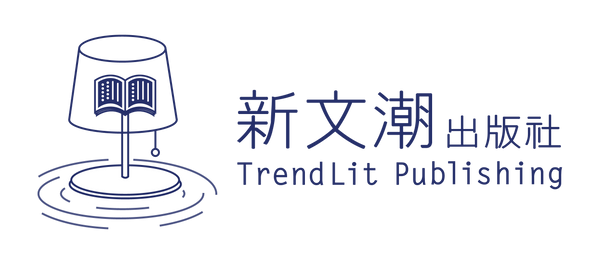Every book begins with a vision — but knowing which publishing model works best, and having the technical understanding to navigate it, helps ensure both realistic expectations and market success.

The publishing landscape today offers multiple pathways for authors and organisations to bring their works to life. Each model carries its own balance of investment, creative control, and market positioning. At TrendLit Publishing, we recognise that every project has its own publishing logic — whether it is a commercially driven title, a passion project, or a commissioned work intended for a defined audience.
Below is an overview of the three principal models commonly adopted across the industry:
1. Traditional Publishing Model
Under the traditional model, the publisher acquires or licenses the rights to publish a manuscript. The publisher bears the primary production, distribution, and marketing investment, and typically selects projects with strong commercial potential.
The copyright usually remains with the author, who grants the publisher or literary agent the exclusive right to manage and developed the work for a fixed licensing period. In some cases, the publisher may opt for a full rights acquisition, transferring ownership entirely.
As the publisher assumes full financial and market risk, it also exercises significant editorial and design oversight to ensure that the final product aligns with market expectations, house standards, and sales objectives. Consequently, the author’s influence on aspects such as design, structure, or positioning may be limited.

2. Buy-Back Publishing Model
The buy-back model serves as a hybrid between traditional and commissioned publishing. While the publisher continues to invest in production, editing, and distribution, the author commits to purchasing a pre-agreed number of published copies. This arrangement mitigates some financial risk for the publisher while allowing the author to distribute copies through personal or professional networks.
In this model, the author retains copyright ownership and licenses the publisher to manage the work for a specified period. Because the author contributes financially, there is typically greater collaboration and flexibility during production — from cover design to editorial direction. The buy-back model is especially suitable for new or emerging authors and works with moderate but promising market potential.
3. Commissioned / Self-Financing Publishing Model
In the commissioned publishing model (also known as the self-financing model), the author, organisation, or copyright owner fully funds the publication. The publisher provides professional expertise and technical execution, including manuscript development, editing, design, typesetting, printing, and optional distribution support.
This approach is particularly suited for specialised, niche, or commemorative projects, such as corporate histories, institutional reports, or professional monographs, where creative control and brand alignment take precedence over commercial sales.
A defining advantage of this model is the complete creative autonomy it offers. The commissioning party determines the tone, format, and purpose of the work. For example, a financial expert might incorporate a “call to action” or contact details in the book, using it as both an authoritative resource and a strategic marketing outreach tool.

The Changing Landscape
As the world continues to evolve, printing technology has become increasingly accessible, and AI-driven tools now assist in writing, editing, and even design. The traditional boundaries between publisher, author, and content creator have therefore blurred, reshaping how creative works are developed and shared.
However, this accessibility has also given rise to a common misconception — that publishing is simply about producing and uploading a book. Many who attempt to manage publishing or distribution independently often discover, too late, that it involves far more than layout and printing. Without professional guidance, even well-intentioned projects can result in poor market performance, weak positioning, or unsustainable returns.
In reality, publishing remains a collaborative craft that requires strategic planning, editorial precision, and design coherence. Working with an experienced publisher — and cultivating mutual respect and trust between author and publisher — gives every project a stronger foundation. It ensures that both creative and commercial objectives are met, and that the final product resonates with its intended readership.
Amid these transformations, TrendLit Publishing remains steadfast in our commitment — to uphold the integrity of storytelling, to champion authentic voices, and to curate content that speaks to the heart. Technology may accelerate creation, but it is still human insight, craftsmanship, and narrative sincerity that give a book its enduring value.
Selecting the Right Path
Each publishing model represents a distinct partnership between creative vision, editorial expertise, and financial strategy. Whether your goal is to reach a wide readership, build professional authority, or document your organisation’s legacy, TrendLit Publishing can tailor a publishing plan that aligns with your purpose and aspirations.
📩 Interested in publishing or commissioning your next title?
Connect with us to explore the best publishing model for your project.
contact@trendlitpublishing.com | (+65) 6980-5638 | (+65) 8896-1946

